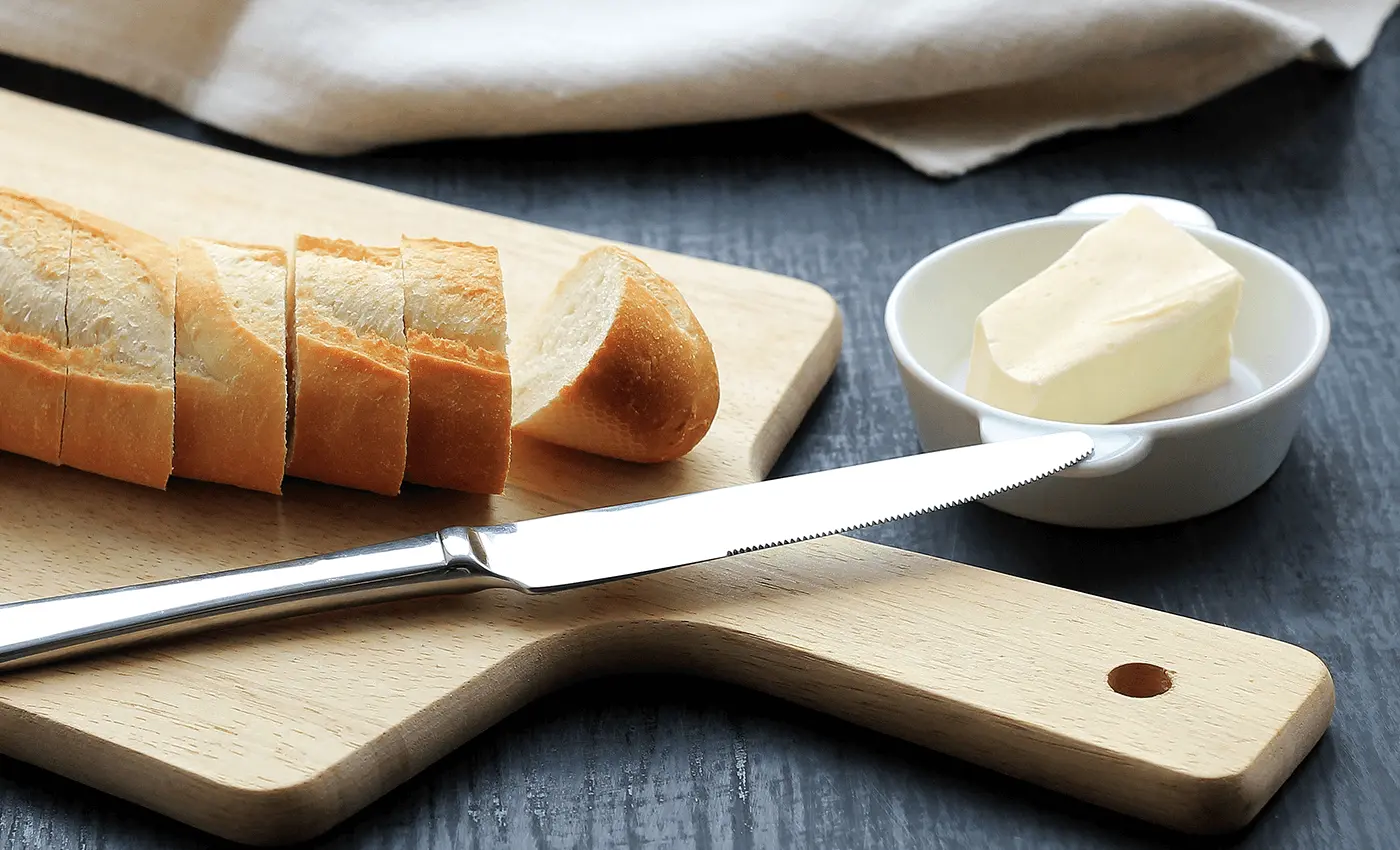Butter: Nutrition Facts and Benefits
Pair your next slice of warm bread or grilled corn with a pat of butter.
Whether you’re melting it into mouthwatering mashed potatoes or mixing it into your favorite birthday cake batter, butter is a fixture in many refrigerators and on dining tables around the world. From salted and unsalted, to whipped and clarified, butter can bring that extra burst of flavor to our favorite foods.
Butter Nutrition Facts
Butter is known for its rich depth and creamy texture, but it also offers a variety of nutrients. Below are some detailed nutrition facts about butter:
Nutrition Facts for Butter (Per Tablespoon, 14 grams):
- Calories: 102
- Total Fat: 12 grams
- Saturated Fat: 7 grams
- Monounsaturated Fat: 3 grams
- Polyunsaturated Fat: 0.5 grams
- Cholesterol: 31 milligrams
- Sodium: 2 milligrams (unsalted) to 90 milligrams (salted)
- Vitamin A: 11% of the Daily Value (DV)
- Vitamin E: 2% of the DV
- Vitamin K: 1% of the DV
- Calcium: 3 milligrams
- Protein: 0.12 grams
- Carbohydrates: 0 grams
Is Butter a Dairy Product?
Yes, butter is a dairy product, because it is made from milk. About 80% of it is milk fat, with the remaining 20% comprising water and milk solids.
In earlier times, making or churning butter was a common practice on farms. When the first U.S. creamery was built in Iowa in 1871, making butter became a commercial production.
Traditional butter (80% milk fat) is made from pasteurized cream and can be either salted (which is often referred to as “sweet cream butter”) or unsalted. Another common variety of butter is whipped butter, which is regular butter into which air or nitrogen has been whipped to increase its volume, making it easier to spread.
Other types of butter include clarified butter and ghee. Clarified butter is clear, melted butter separated from its milk solids and water. Because clarified butter can be heated to a higher temperature without burning, it’s great for frying. Ghee, meanwhile, a staple in Indian diets, is basically clarified butter that’s cooked a little longer, resulting in a nuttier flavor. It also has a longer shelf life than regulat butter and does not require refrigeration.
On top of butter’s amazing versatility as a spread or ingredient, you can make your own butter at home and then freeze it.
